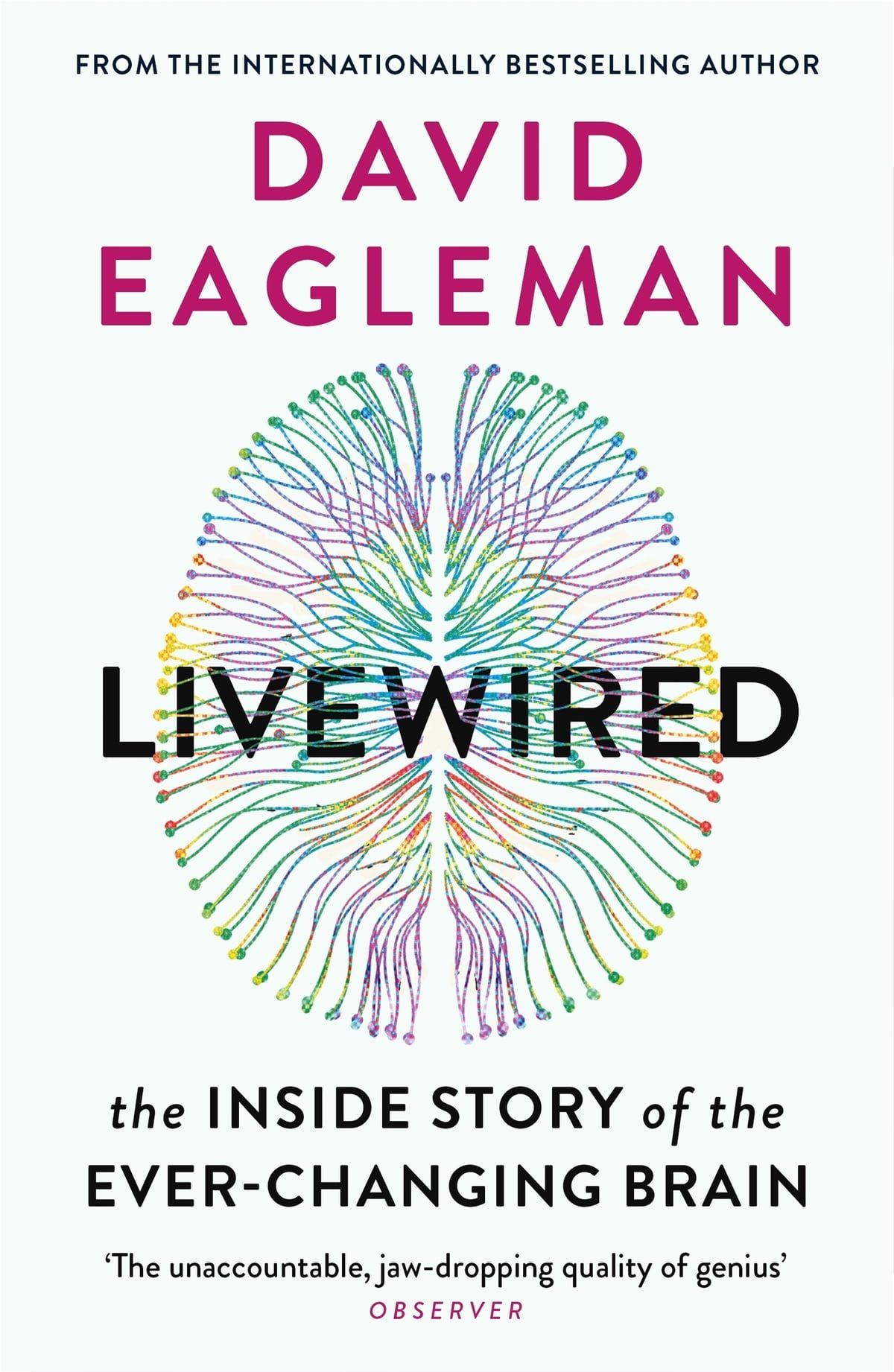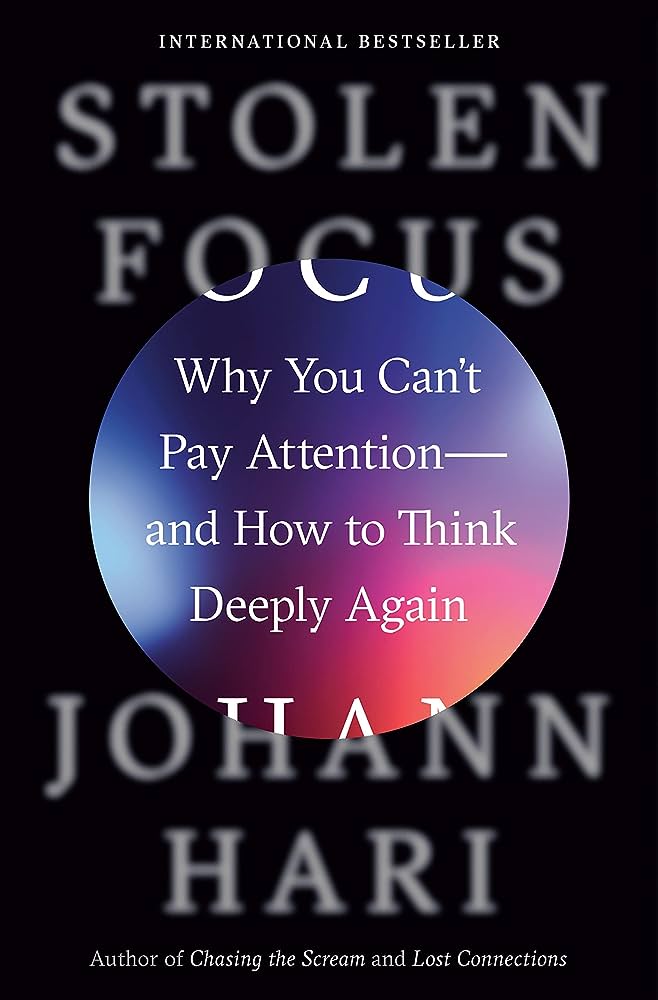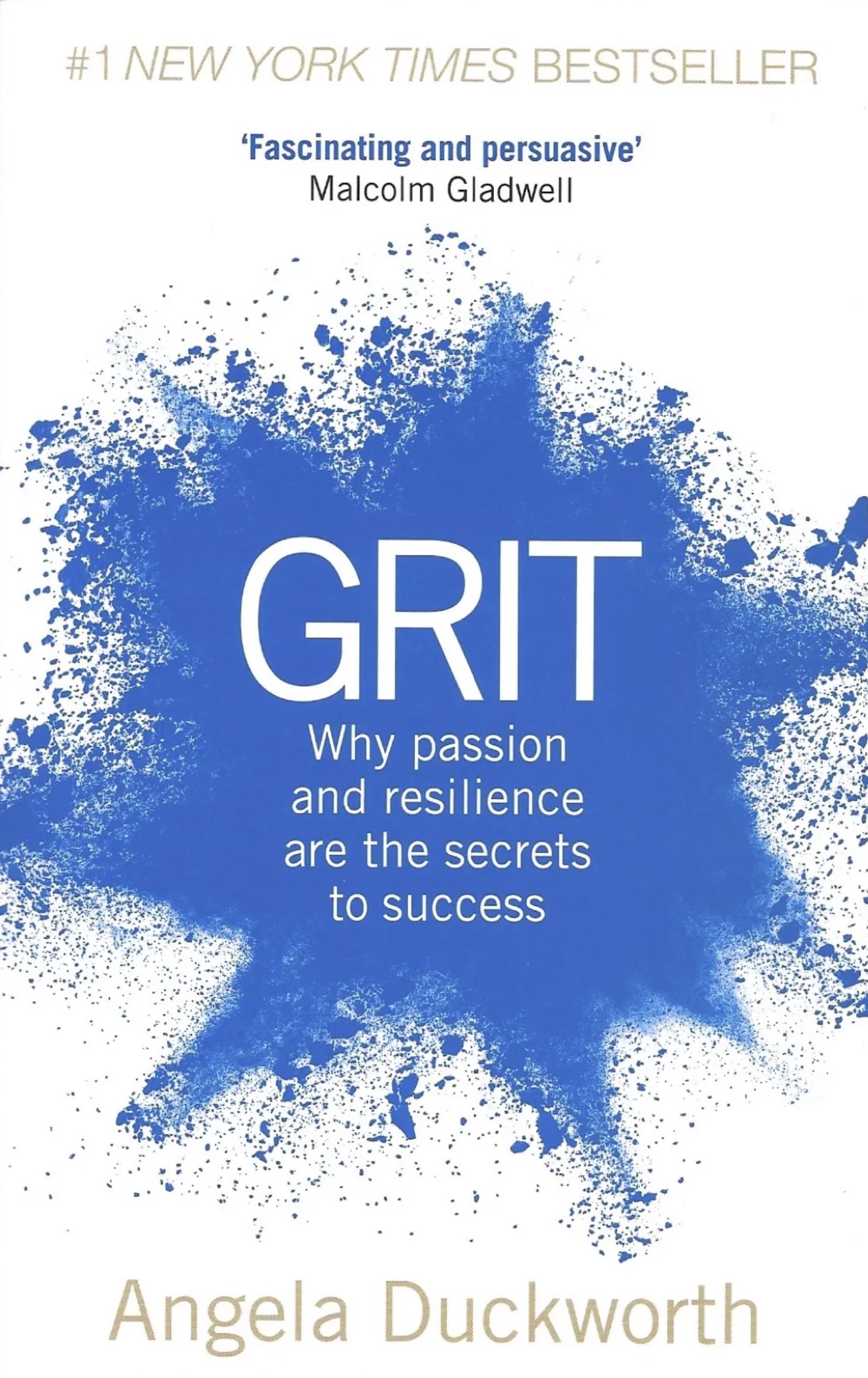
Жизнь—агент создания знания
Тезисы из книги про связь базовых законов физики, жизни и информации и то, как они проявляются в создании продуктов и экономике

Привет 👋, меня зовут Иван Замесин Я делаю сервис подбора психотерапевтов Meta, обучаю продактов кастдеву и веду этот блог. Больше обо мне
Люблю мотоциклы и классные интерфейсы.
Делаю Мету и Focus Calendar, обо мне

Тезисы из книги про связь базовых законов физики, жизни и информации и то, как они проявляются в создании продуктов и экономике

Рецензия и тезисы из книги Живой Мозг Дэвида Иглмэна про то, что мозг адаптируется под любые части тела, органы чувств и задачи.

Алгоритмы соцсетей, психологические травмы и фастфуд разрушают нашу способность фокусироваться. «Украденный фокус» говорит что с этим делать

Краткая рецензия и тезисы из книги Рика Рубина—девятикратного победителя премии Грэмми про то, чем в своей сути является искусство и как творить

Книга объединяет усердную работу, смысл поиска своих интересов и увлечений и мышление роста в алгоритм достижения мастерства. Автор—психолог исследователь, а не журналист

Полтора часа концентрированного опыта про то, как подходить к задаче поиска работы в США и Европе с полезными ресурсами и ответами на самые актуальные вопросы

Поговорили о том, как найти свои интересы, как перейти из найма в бизнес, обсудили инженерный подход как способ решать сложные задачи и творчество.

Егор и Катя Азановы—создатели курса по духовному развитию для городских профессионалов "Syntony". Поговорили о том, как и зачем двигаться к осознанности, проживать негативные эмоции, прислушиваться к внутреннему зову.

Макс Снигирев—сооснователь digital-агентства Jami и сервиса Alfred, предприниматель с 15-летним опытом. Поговорили с Максом о его системе жизни, о том, как найти любимое дело, как поддерживать баланс в разных сферах жизни и и управлять энергией.

Питерсон рассказывает про то, как он думает, пишет, про веру и ценности и про кризис идентичности современных мужчин

Очень глубокое интервью Джордана Питерсона в контексте выхода его новой книги Beyond Order: 12 More Rules for Life.